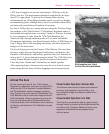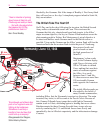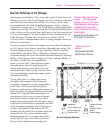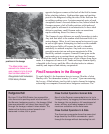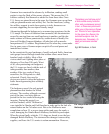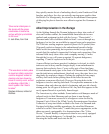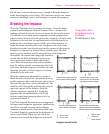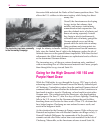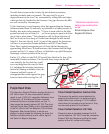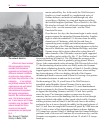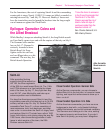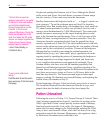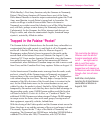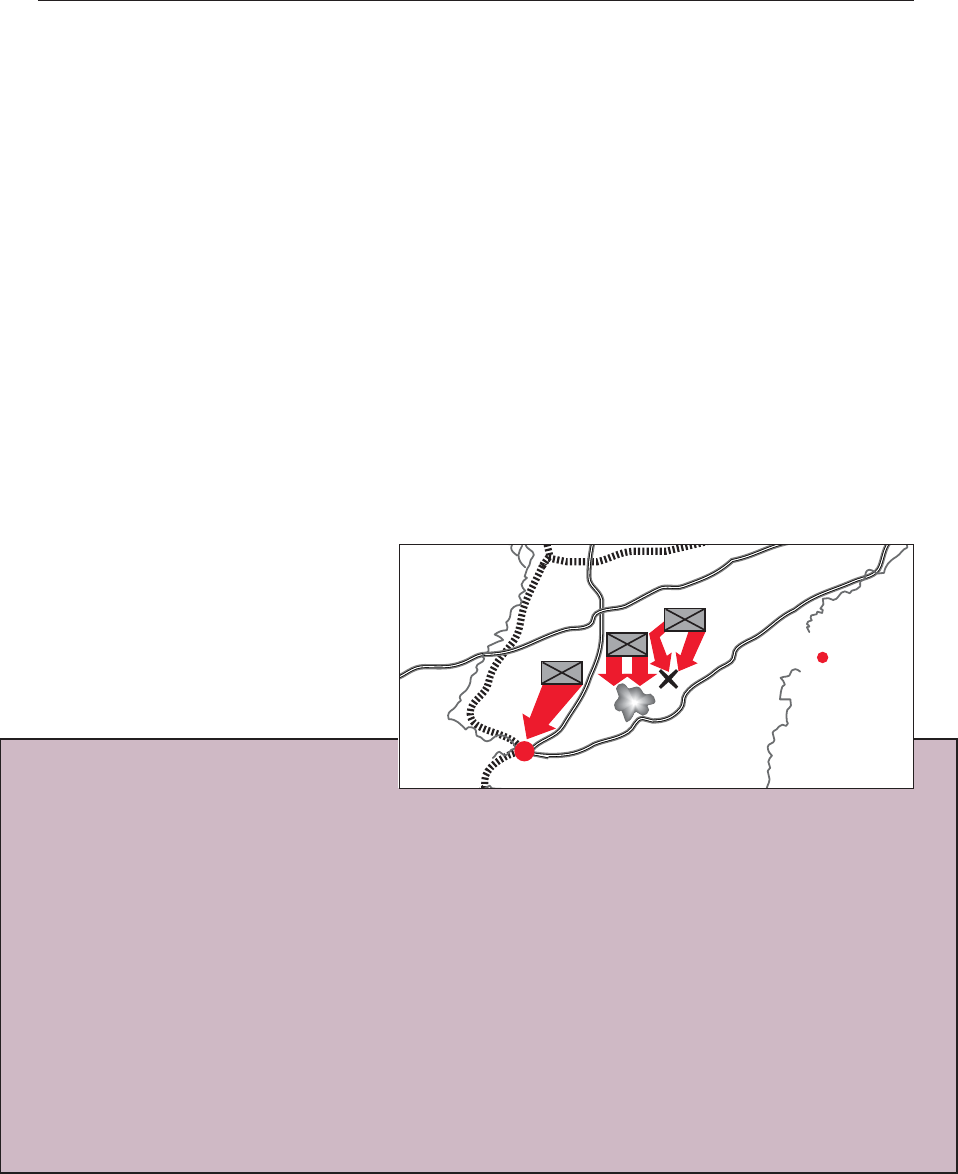
Chapter 4 The Normandy Campaign in Close Combat
81
Seventh Army troops in the vicinity dig into defensive positions,
including foxholes and even tunnels. The town itself is set in a
depression next to the river Vire, surrounded by rolling hills and ridges,
which are heavily fortified by the Germans. Any gaps between the hills
are well-covered by German guns.
To the Americans, it soon becomes clear that approaching the German
defenses around Saint-Lô indirectly is preferable to a frontal assault. As
Bradley later notes in his memoirs, “I’d just as soon settle for the high
ground east and west of Saint-Lô. . . we’re not going to spend a division
just to take a place name.” This alternative calls for three divisions of
the First Army to drive along a 10-mile front through the hills around
Saint-Lô, then into the city itself. As part of this assault, the Americans
will have to overrun the German defenders on Hill 192 and Purple
Heart Draw, tactical strongpoints east of Saint-Lô that threaten any
approaching Allied force. In both locations, the Germans hold the high
ground, and the U.S. troops will have to fight their way uphill through a
dauntingly vertical variation of the bocage.
Earlier U.S. efforts to take Hill 192 in mid-June failed in the face of the
formidable German resistance. The Seventh Army troops on the hill
were aided by the fact that they could
see everything from the coast to Saint-
Lô, including the attacking Americans.
Instead of forming a defensive line, the
Germans had built a series of
strongpoints that could support the gaps
between them with covering fire. All
“The Germans adjusted much
better to new conditions than
we did.”
British intelligence officer
Brigadier Bill Williams
Vire River
Balleroy
SaintÐL™
Hill 192
Purple
Heart
Draw
U.S. 29th Division
U.S. 38th Division
U.S. 23rd Division
Attack on the High Ground
July 11, 1944
Purple Heart Draw
The American Second Division reaches the foot of
Hill 192 on June 12; two unsuccessful attacks
result in over 1,200 U.S. casualties. Between June
16 and July 10, the Second Division receives
intensive training in
bocage
tactics; on July 11,
they renew the assault against Hill 192. The drive
through Purple Heart Draw, on the northeast side
of the hill, falls to the First Battalion, 23rd Infantry
Regiment. After fierce fighting, in which one
platoon is nearly wiped out crossing the draw, the
battalion advances nearly a mile, within sight of
the Saint-Lô–Bayeux highway.
Close Combat Operation: German Side
The draw is the perfect natural obstacle for
stopping the Americans. It is wide enough to
hinder tanks from crossing it. If U.S. soldiers
climb down to the bottom to get across it, they
can be easily picked off from above.
Close Combat Operation: U.S. Side
Since this draw is standing between the U.S.
and its objective, Hill 192, it must be crossed or
flanked. With the Germans holding the upper
section of the hill, neither will be easy.



